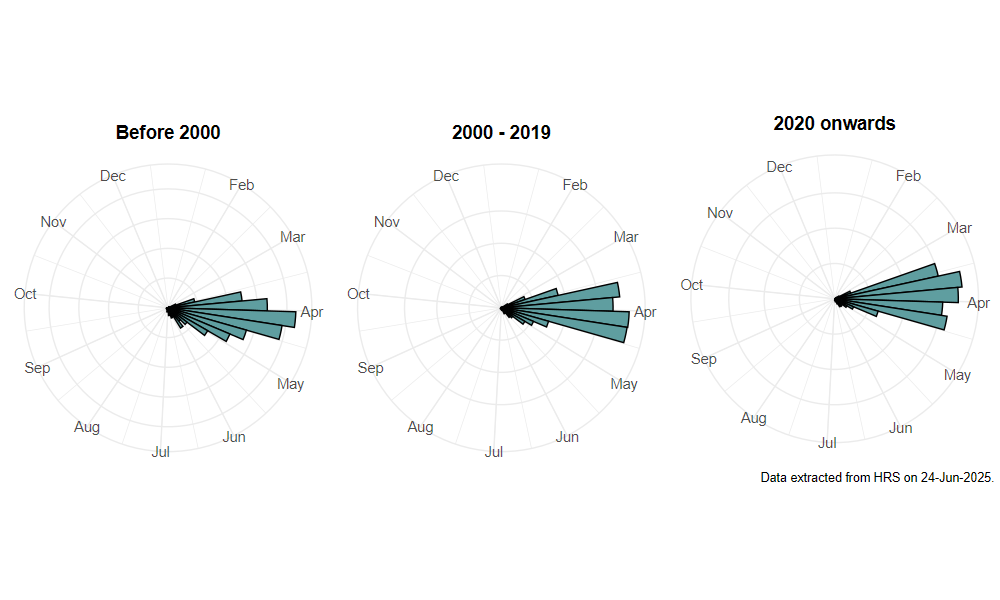Melangyna lasiophthalma (Zetterstedt, 1843)
Identification
Identification difficulty = 3. ![]()
![]() according to Ball & Morris, 20241
according to Ball & Morris, 20241
Synonymy
Syrphus lasiophthalmus Zetterstedt in Coe(1953)2.
Biology
The larva is aphidophagous. This is a characteristic species of woods, both deciduous and coniferous, in the early spring, where they visit the flowers of trees, such as sallows Salix sp., and ground layer species, like yellow composites, buttercups Ranunculus and Wild Garlic Allium ursinum. Males hover in clearings and over tracks. Both sexes can be found settled on sun-lit tree trunks and dry leaves.
Flight period
The following plots show the number of unique records per week excluding those reported to be of immature stages.

Distribution
Widely distributed in well-wooded areas throughout Britain. Often abundant where it occurs.

Trends
The following plots show the Frescalo TFactor vs year and a map of the rescaled frequency (all records) for the species.